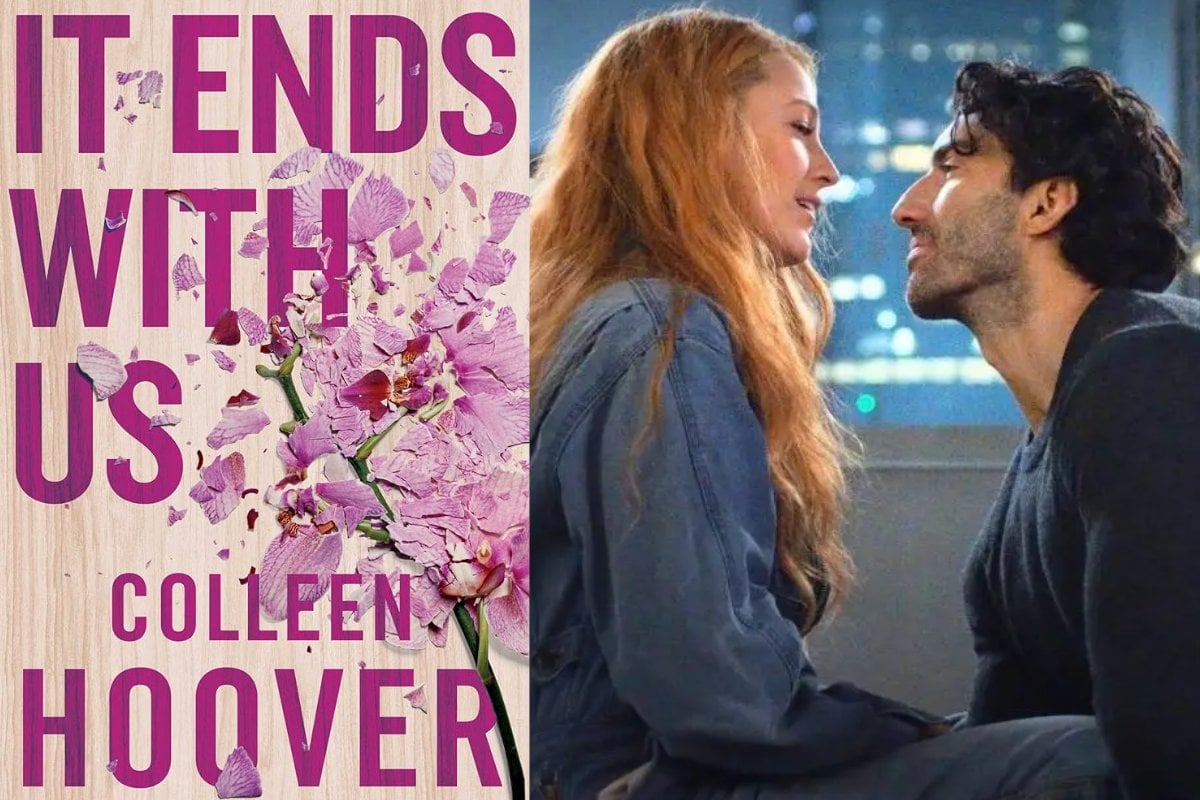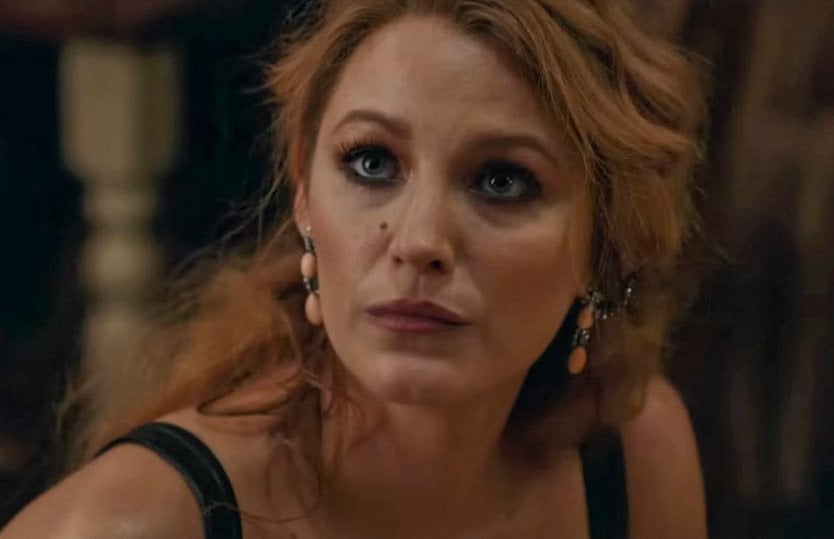
Warning: This post deals with domestic violence and could be triggering for some readers.
The highly anticipated film adaptation of Colleen Hoover's novel It Ends with Us has finally made its cinematic debut.
Starring Blake Lively as Lily Bloom, the movie brings to life the bestselling novel that resonated with readers worldwide. In the new movie, Lively's Lily is joined by Justin Baldoni as the neurosurgeon Ryle Kincaid, and Brandon Sklenar as Atlas Corrigan, Lily's first love who has become a renowned chef.
Watch the trailer for the movie. Post continues after video.
Despite initial concerns from devoted fans about the book-to-screen transition, Lively has been vocal about the film's commitment to honouring Hoover's original vision. The actress and producer is confident the movie delivers the emotional impact that readers demand from the high-stakes adaption.
"If you read the book first, I really genuinely believe — and I don't normally promise this — but I believe that you'll love this movie," Lively said at the romance book festival, Book Bonanza.



